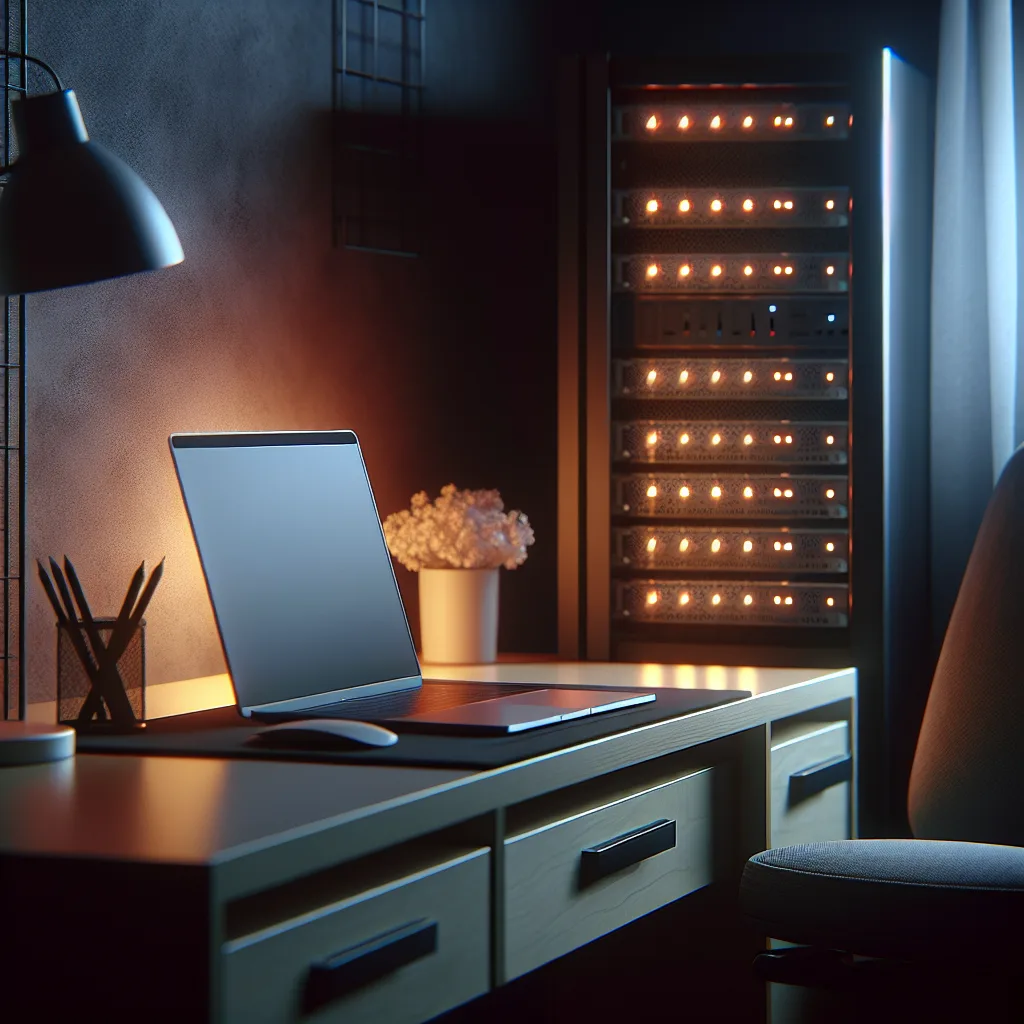A personal look at building a powerful home lab with a mix of new and used hardware. See the specs and the ‘why’ behind each machine. Perfect for tech enthusiasts.
I’ve always been a tinkerer. It started with taking apart old radios and eventually graduated to building my own computers. For a while, a single, powerful desktop was enough. But my curiosity kept growing, and so did my project list. Soon, I found myself hitting the limits of what one machine could do.
So, I decided it was time for a real upgrade. Not just a new computer, but a proper home lab. A place to experiment, learn, and build things without compromising my main workstation. It was a fun process, and I thought I’d share what I ended up with.
The Goal: A Playground for Everything
Before I started buying parts, I had to ask myself: what is this for?
I wanted a setup that could handle serious virtualization. I’m talking about running multiple operating systems at once, creating isolated networks, and testing software in a safe environment. I also needed enough raw power for compiling code, running data-heavy simulations, and maybe even hosting a powerful media server for the house.
The idea was to build a small-scale, personal cloud. A mix of new and used enterprise gear that gave me flexibility without an insane power bill.
Here’s a look at the machines that make up the lab.
Machine #1: The All-Rounder
- CPU: AMD 5950x
- RAM: 128GB DDR4 @ 3200MHz
- Storage: 4TB SATA SSD
This is my main workhorse and primary virtualization node. The AMD 5950x is a beast. It has a ton of cores for running multiple virtual machines, but those cores are also incredibly fast on their own. This is great for tasks that can’t be spread across many cores, like compiling certain types of code or running a game.
With 128GB of RAM, I can comfortably spin up several VMs for development and testing without worrying about memory usage. It’s the perfect blend of a high-end desktop and a capable server.
Machines #2 & #3: The Heavy-Lifting Twins
- CPU: 2x Intel Gold 6144 (per machine)
- RAM: 384GB DDR4 (per machine)
- Storage: 8TB SAS SSD (per machine)
These two are identical, and they are the core of the server setup. I managed to get my hands on some used enterprise hardware, which is a fantastic way to get incredible performance for a fraction of the original cost.
Each of these machines has two CPUs, giving them a massive number of cores. This is perfect for tasks that can run in parallel, like running a whole cluster of containers or virtual machines. They form a small cluster, which means if one has an issue, the other can pick up the slack.
And the memory? A combined 768GB of RAM between them is honestly a little absurd, but it opens up so many possibilities. I can run memory-hungry applications, large databases, or just an enormous number of services without ever thinking about limitations. The fast SAS SSDs ensure that storage is never a bottleneck.
Machine #4: The Reliable Utility Player
- CPU: Intel 7700K
- RAM: 32GB DDR4
- Storage: 4TB SATA SSD
You might look at this one and think it’s a bit out of place. It’s definitely older than the others, but it plays a crucial role. This machine is my stable, low-power server for essential services.
Think of it as the one that’s always on and just works. It could run a firewall, handle network-wide ad-blocking, or act as a lightweight backup server. It doesn’t need a ton of power, but it needs to be reliable. The 7700K is more than enough for these kinds of tasks, and it sips power compared to the bigger machines.
Tying It All Together
These machines don’t just exist in a vacuum. They’re all connected on a high-speed network, allowing them to talk to each other and move data around quickly.
The result is a powerful, flexible, and surprisingly resilient home lab. It’s a place where I can learn about clustering, try out new operating systems, and host my own services without relying on big tech companies. It’s a project that’s never really “done,” and that’s what I love about it. It’s a constant source of learning and a ton of fun to manage. If you’ve been thinking about starting your own, I hope this gives you a few ideas.
